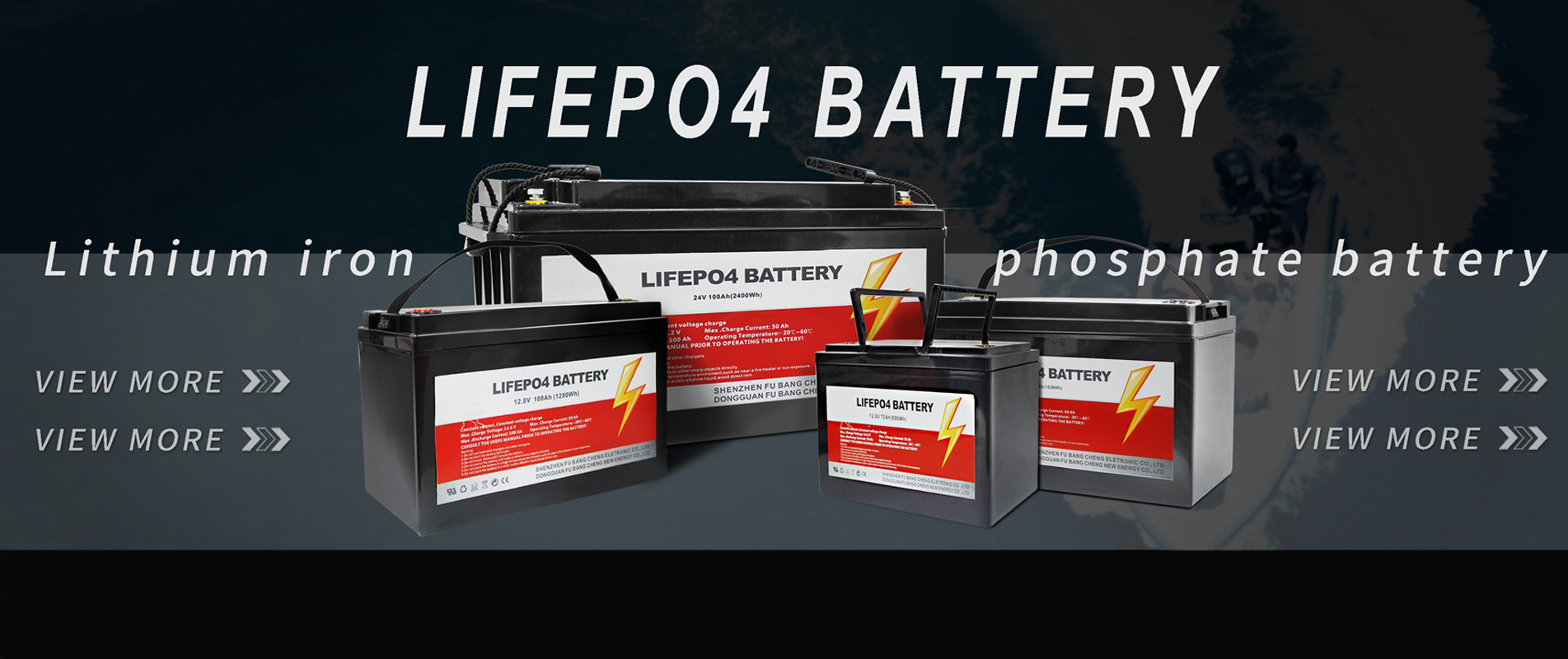High safety performance and long service life
The cycle life of the lead-acid battery is about 300 times, the highest is about 500 times, and the cycle life of the lithium iron phosphate battery is more than 2000 times, and the standard charge (0.2C,5 hours) can reach 2000 times.
The peak value of lithium iron phosphate can reach 350℃-500℃, while lithium manganese and lithium cobalt are only about 200℃. The operating temperature range is wide (-20C--+75C), with high temperature resistance characteristics of lithium iron phosphate electric peak can reach 350℃-500℃, while lithium manganese and lithium cobalt acid only at about 200℃.
It has a larger capacity than ordinary batteries (lead acid, etc.). It is known from the battery's capacity density that the energy density of lead-acid batteries is about 40WH/kg. The mainstream lithium iron phosphate batteries on the market have energy density above 90WH/kg.
Rechargeable batteries often work under the condition of full capacity, the capacity will quickly fall below the rated capacity value, this phenomenon is called memory effect. For example, nickel-metal hydride and nickel-cadmium batteries have memory, while lithium iron phosphate batteries do not have this phenomenon (lithium ion batteries generally have no memory effect). No matter what state the battery is in, it can be used with charge, without first putting and then charging.
The volume of lithium iron phosphate battery of the same specification capacity is 2/3 of the volume of lead-acid battrey, the weight is 1/3 of lead-acid battery, but the two energy density is several times of lead-acid battery.
Hot Tags: lithium ion batteries lifepo4 cells 18650 battery
























